“I never teach my pupils, I only attempt to provide the conditions in which they can learn.” Albert Einstein
Alan Schoenfeld, Professor of Education and Mathematics at the University of California Berkeley, designed Teaching for Robust Understanding (TRU) of Mathematics to teach math to elementary school students. The TRU framework can also be used to teach other elementary school disciplines.
When I read about TRU and its five dimensions, I was struck by its similarity to participatory, learner-centered curriculum design and delivery for adults.
Central to TRU are five dimensions of classroom activity: (1) content; (2) cognitive demand; (3) equitable access to content; (4) agency, authority and identity; and (5) uses of assessment.
- The Content dimension is defined as: “The extent to which the content students engage with represents our best current disciplinary understandings. Students should have opportunities to learn important content and practices, and to develop productive disciplinary habits of mind.”
In adult learning curriculum design: We focus on relevant, current, essential, practical content in our learning programs to build our learners’ knowledge and skills.
- The Cognitive Demand dimension is defined as: “The extent to which classroom interactions create and maintain an environment of productive intellectual challenge conducive to students’ disciplinary development. There is a happy medium between spoon-feeding content in bite-sized pieces and having the challenges so large that students are lost at sea.”
In adult learning curriculum design: We provide content and related skill-building learning activities that challenge our learners but do not frustrate them, regardless of their learning style preferences.
- The Equitable Access to Content dimension is defined as: “The extent to which classroom activity structures invite and support the active engagement of all of the students in the classroom with the core content being addressed by the class. No matter how rich the content being discussed, a classroom in which a small number of students get most of the “air time” is not equitable.”
In adult learning curriculum delivery: We use classroom management and group facilitation skills to productively engage as many learners as possible.
- The Agency, Authority and Identity dimension is defined as: “The extent to which students have opportunities to “walk the walk and talk the talk,” building on each other’s ideas in ways that contribute to their development of agency (the capacity and willingness to engage) and authority (recognition for being a good thinker), resulting in positive identities as thinkers and learners.”
In adult learning curriculum design: We build in large and small group learning activities to assist with knowledge attainment, transfer and retention, as well as individual practice to build learners’ confidence in their own competence.
- The Uses of Assessment dimension is defined as: “The extent to which the teacher solicits student thinking and subsequent instruction responds to those ideas, by building on productive beginnings or addressing emerging misunderstandings. Powerful instruction “meets students where they are” and gives them opportunities to move forward.”
In adult learning curriculum design: We build in periodic checks of learner comprehension and retention during the session so we know when it is necessary to reteach content. We also solicit and apply learner recommendations to improve our learning programs.
I think if we kept these five dimensions in mind during our curriculum design process, the result would be an even more powerful and engaging learning program. What do you think?
May your learning be sweet.
Deborah





